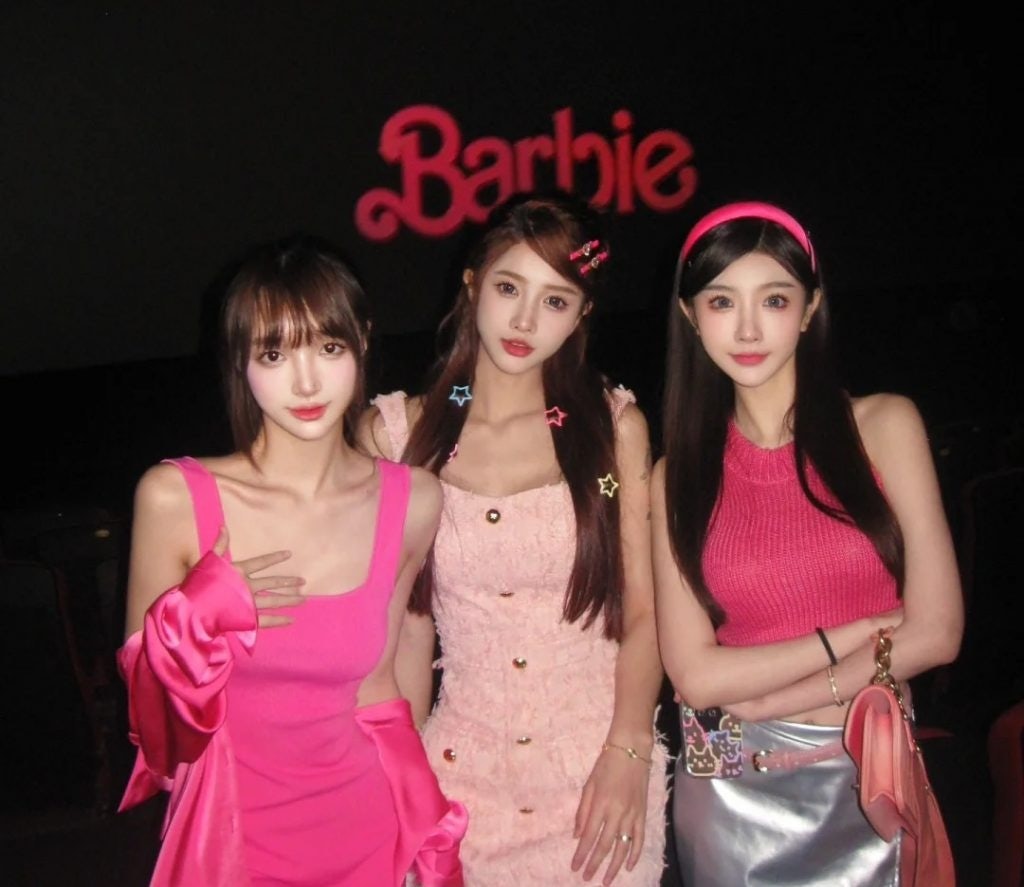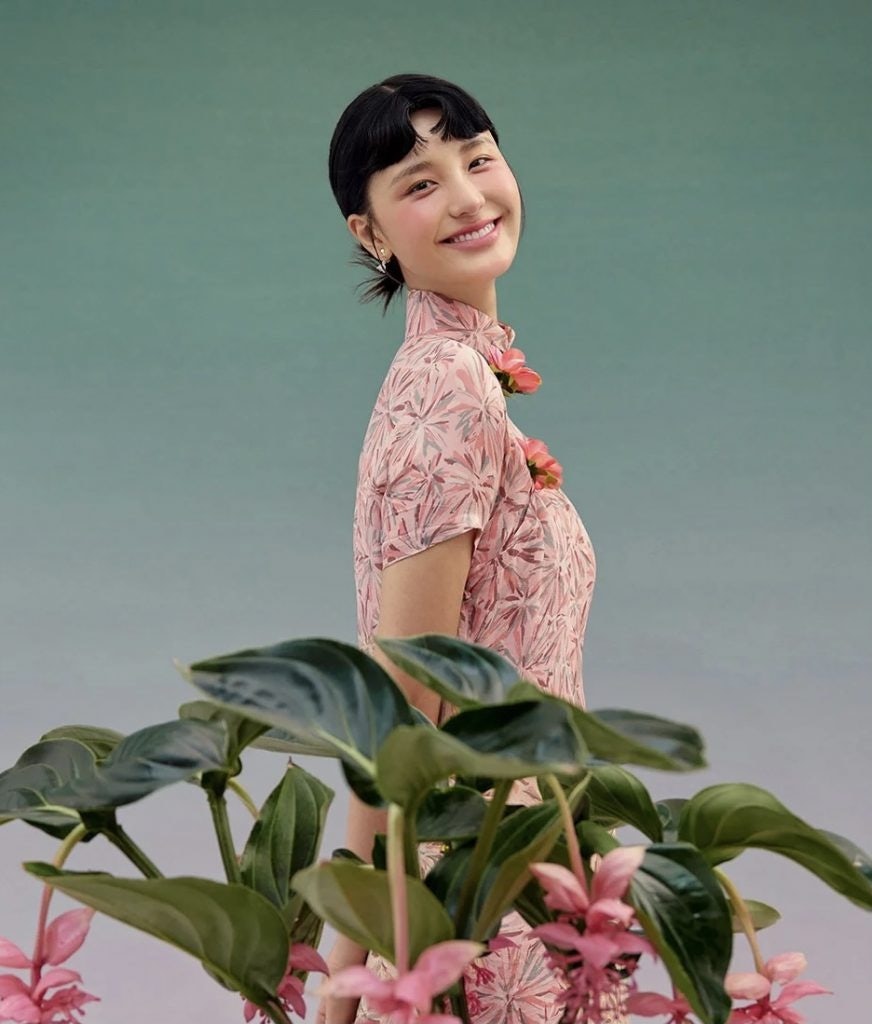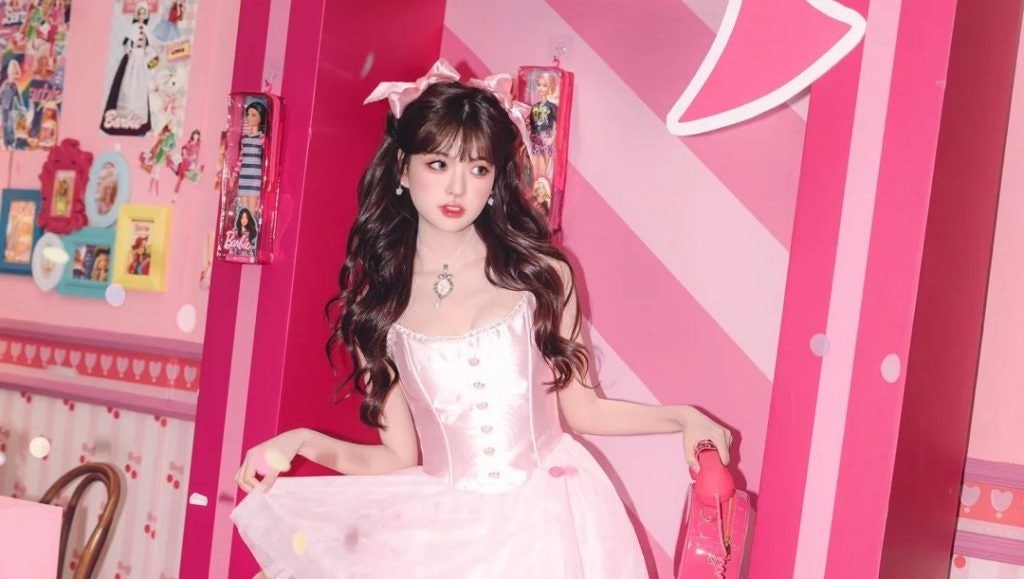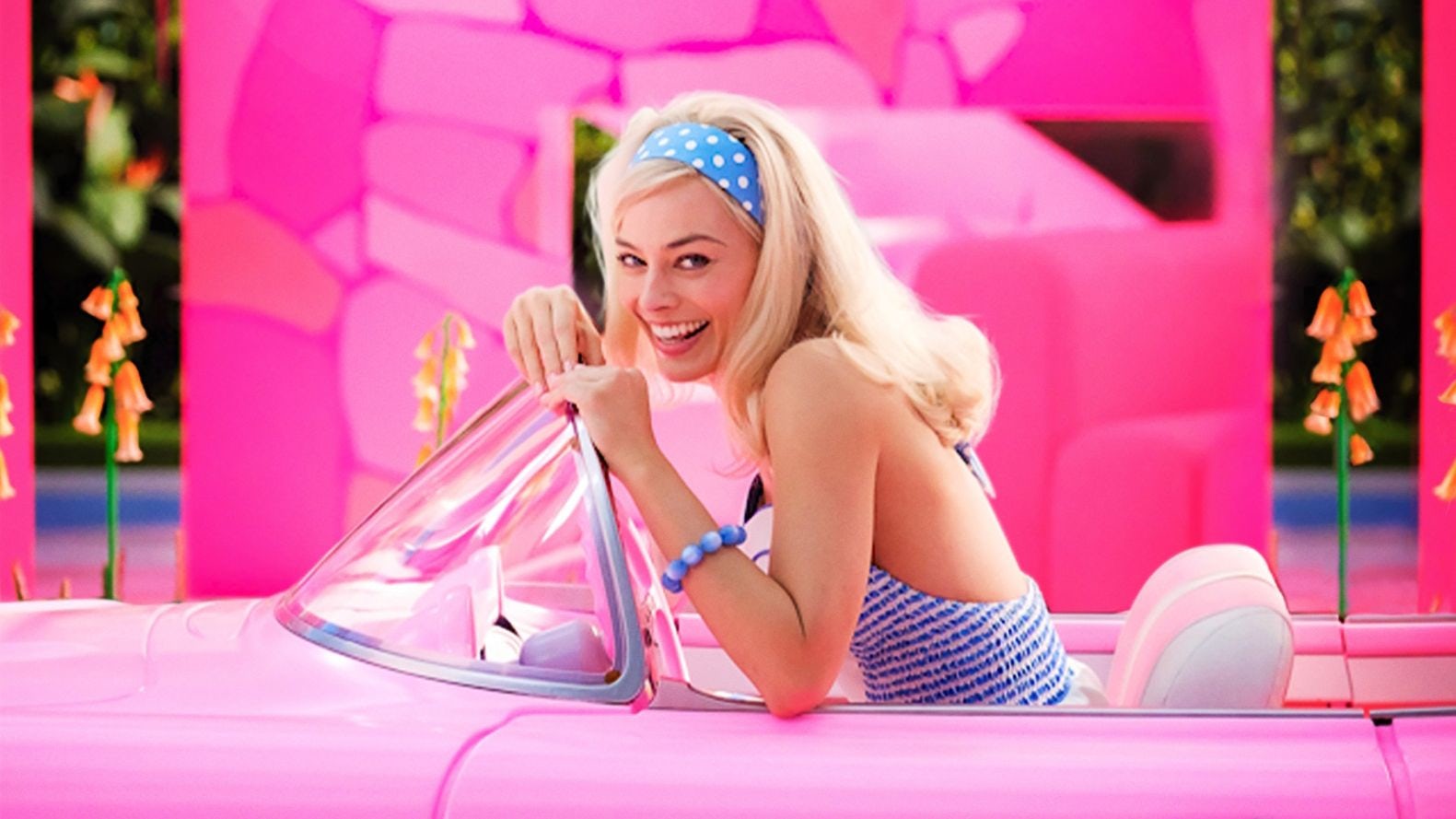What happened
Within three days of its release on July 21, Barbie grossed 340 million (2.4 billion RMB) at the global box office. This weekend, Greta Gerwig’s film hit 1 billion globally, making it the second movie this year to cross the billion-dollar mark after The Super Mario Bros. Movie.
The film’s popularity has led to a surge in Barbie-inspired fashion. Google search trend data shows that the search volume of Barbiecore increased by 7,900 percent in the past week.
Even in China, where Barbie culture is not dominant, the film has sparked excitement online. On Xiaohongshu, the topic “Wearing pink today” (#今天穿粉色) has over 8.38 million views. A vast number of users have posted pictures of themselves going to watch the movie dressed in pink Barbiecore outfits.

The Jing Take
Barbiecore has undoubtedly become another fashion keyword, succeeding the “dopamine dressing” trend. According to data from online retail platform Taobao, the average daily search volume for Barbie-related phrases increased by more than 760 percent between July 21 and July 26 compared with the previous week.
In particular, searches for “Barbiecore outfits” (芭比风穿搭) surged by 1,146 percent while searches for official co-branded Barbie products jumped by more than 800 percent over the same period.
Apart from Barbie’s typical wardrobe of miniskirts, tops, and dresses, Chinese merchants have put their own creative twist on the Barbiecore style. Traditional cheongsams in pink have seen a rising demand from local consumers.

But for Mattel, Barbie’s parent company, the road to China hasn’t been all sunshine and roses. In 2009, the toy maker opened a six-story Barbie flagship store in Shanghai, offering more than 1,600 dolls. However, two years later, the store closed its doors.
Despite its efforts to reach local consumers by creating dolls inspired by famous Chinese figures such as actress Fan Bingbing, women’s volleyball leader Hui Ruoqi, and ballet dancer Tan Yuanyuan, the IP still did not resonate with local shoppers. Unlike in the West, Chinese shoppers did not grow up watching the cartoon or playing with the dolls.
The difference this time is that Greta Gerwig’s Barbie film addresses female empowerment and challenges the traditional definitions of women and body positivity, touching the hearts of many young viewers. According to Taobao, in the 12 months ended March 31, nearly 88 percent of searches on the platform for Barbiecore were women, many of whom were born in the 2000s.

Several quotes from the movie are circulating on Chinese social media, such as “We have to always be extraordinary, but somehow we're always doing it wrong”; “We have to be thin but not too thin, and we can never say we want to be thin you have to say you want to be healthy. But also you have to be thin”; and “Because Barbie can be anything, women can be anything.”
The Barbie fever is no coincidence. With the rise of China’s “she economy,” Chinese women are seeking brands, products and content that align with their values.
The Jing Take reports on a piece of the leading news and presents our editorial team’s analysis of the key implications for the luxury industry. In the recurring column, we analyze everything from product drops and mergers to heated debate sprouting on Chinese social media.


